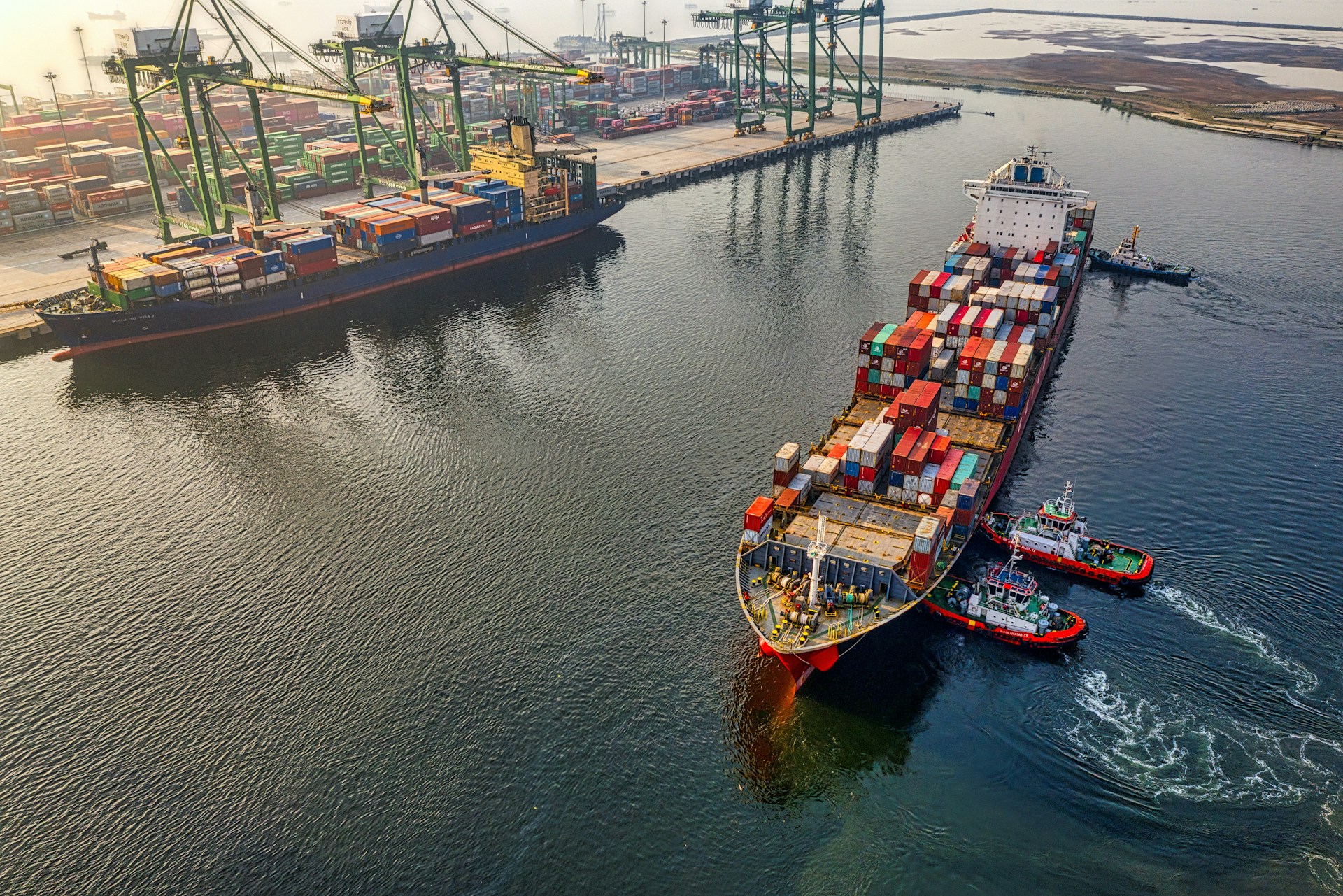Tradewind has closed a $3 million export finance facility for an industrial plastic packaging manufacturer and exporter in Bangladesh. The company mainly sells to the Netherlands, Switzerland, the UK, France, and Canada.
As the plastic packaging industry grows in Bangladesh, the company looked to Tradewind for quick funding that would help hone its competitive edge in the global marketplace. Tradewind provided financing for sales on 120 days open account payment terms which will allow the packaging manufacturer to work with a broader and more diverse customer base. The facility will also enable the company to meet its working capital requirement.
With more than ten years of experience assisting the business community in Bangladesh with its trade finance solutions and international capabilities, Tradewind was well-equipped to tailor its financing to the company’s unique needs.
“We are now providing our tailored services to a wider range of sectors in Bangladesh. A recent example is our client in the packaging industry. Tradewind’s funding will enable the company to expand their customer portfolio, increase their export volume, and get ahead in this growing market,” says Soheil Zali, Country Manager of Tradewind Bangladesh.
Tradewind maintains a network of offices all over the world, including Bangladesh, Bulgaria, China, Hong Kong, Hungary, Iceland, India, Pakistan, Peru, Turkey, UAE, and USA as well as the headquarters in Germany. Combining financing, credit protection, and collections into a single suite of trade finance products, Tradewind brings streamlined, flexible and best-in-class services to the world’s exporters and importers.



